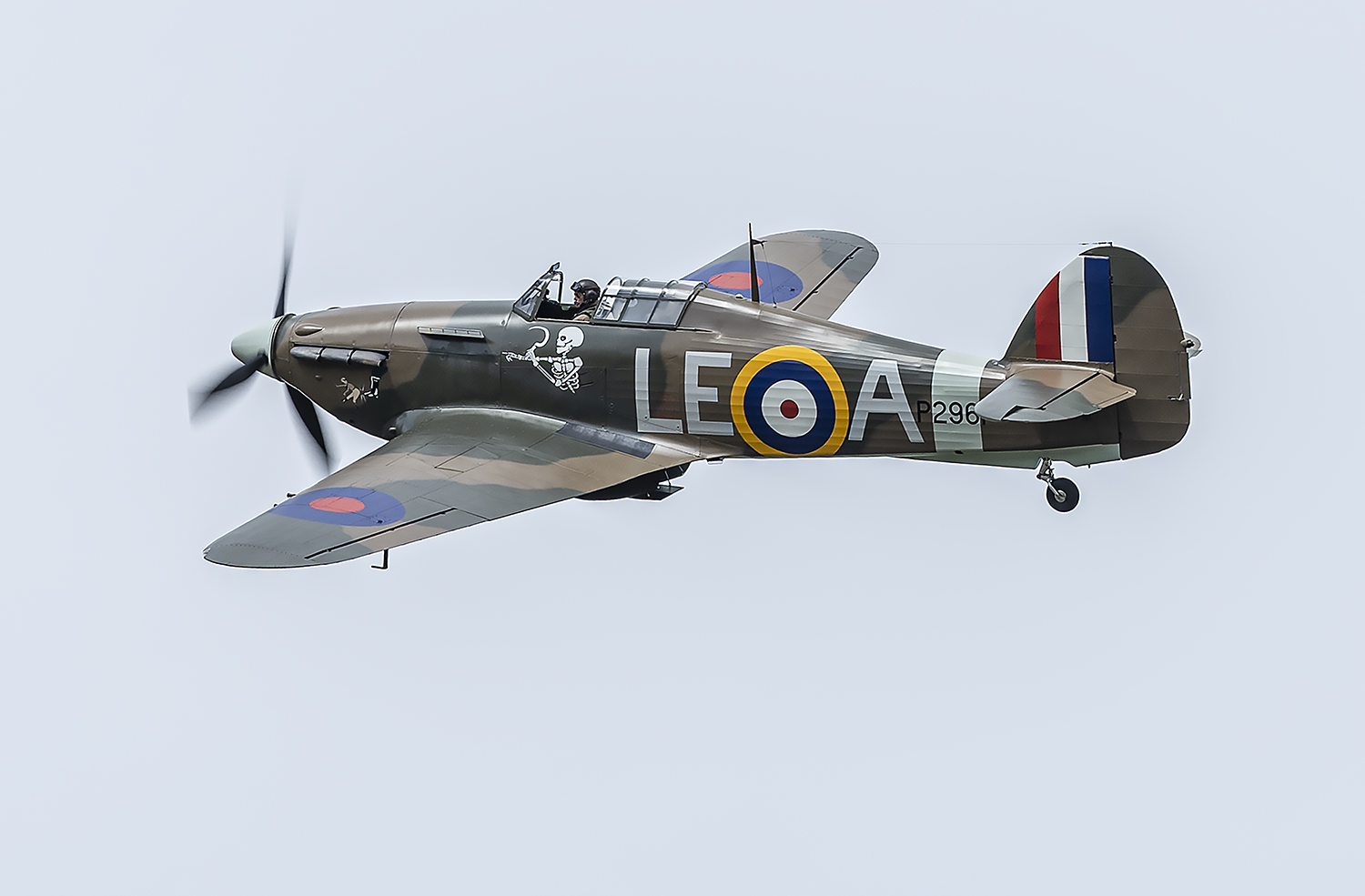
Hawker Hurricane Mk XII
The Hurricane was a stalwart of the Battle of Britain, providing a tough and steady gun platform to take down German bombers while the faster and more agile Spitfire contended mainly with the Luftwaffe fighters. Hurricanes served throughout the war, fighting in all theatres. This one is in the livery of Flying Officer William Lidstone (Willie) McKnight, an Alberta native who served with 242 (All Canadian) Squadron, Royal Air Force.
[STEPHEN J. THORNE 2022 ALL RIGHTS RESERVED]
Its grey-blue uniform notwithstanding, nothing says Royal Canadian Air Force like those icons of the Second World War—the Spitfire, Hurricane and Lancaster.
Decades on, their legacy endures.
Oh, there have been other planes since the RCAF was formed in 1924—and before. Canadian fighter pilots cut their teeth on Nieuports and Sopwiths, S.E.5s and R.E.8s fighting with the British forces between 1914 and 1918.
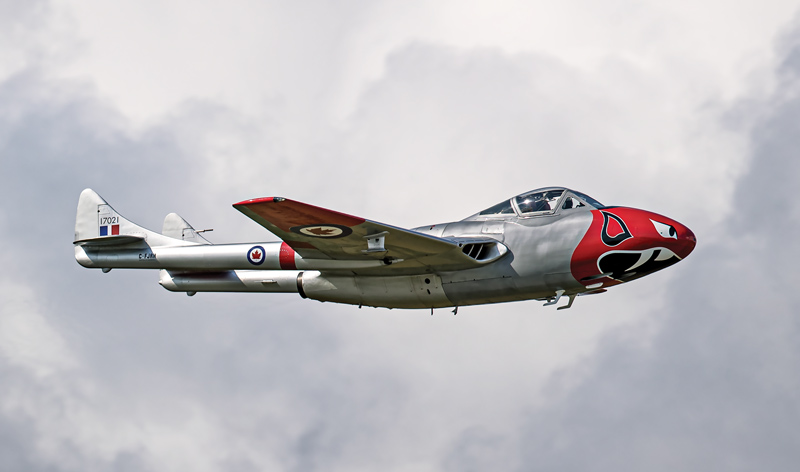
de Havilland DH-115 Vampire Acquired as an operational fighter in 1948, the Vampire was the RCAF’s first jet. It was soon replaced by the Canadair Sabre [Stephen J. Thorne]
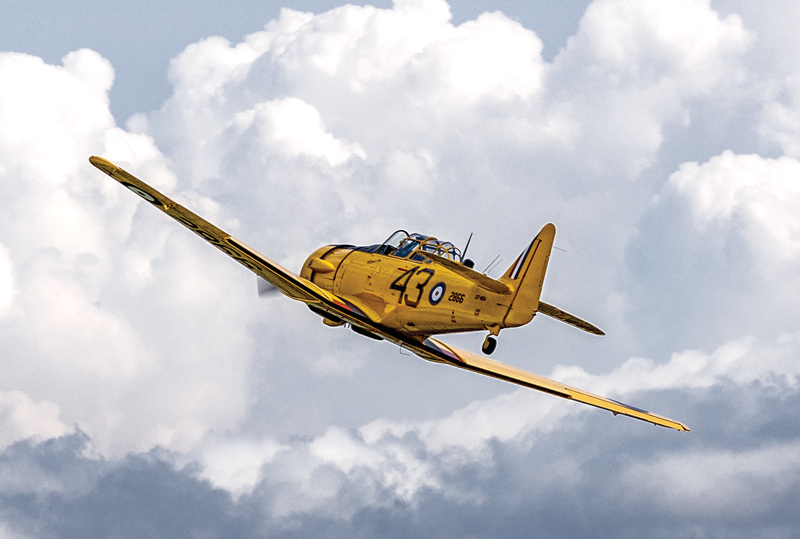
Canadian Car and Foundry Harvard 4 Nearly 50,000 Allied pilots of the Second World War earned their wings on the Harvard at British Commonwealth Air Training Plan bases across Canada.[Stephen J. Thorne]
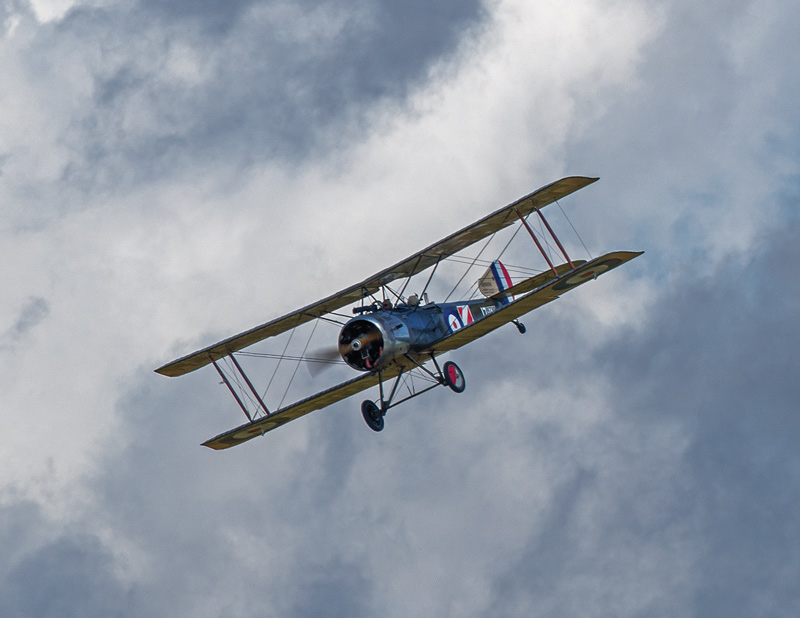
Sopwith 1½ Strutter First World War Canadian pilots with the Royal Naval Air Service would know the Strutter, the first legendary Sopwith aircraft to achieve widespread use as a fighter.[Stephen J. Thorne]
More RCAF pilots completed their WW II training on the Harvard than any other aircraft; the Canadair Sabre and CF-104 Starfighter were Cold War stalwarts; the Lockheed C-130 Hercules, with its heavy-lift, short-takeoff-and-landing capabilities, is the old-reliable; Bell Helicopter came up with the legendary twin-engine Huey out of negotiations with the Canadian military in 1968, and versions of this perennial workhorse still fly for Canada, the U.S. and dozens of other countries.
In 1990-’91, CF-18 pilots flying over Iraq, Kuwait and the Persian Gulf engaged in the first combat operations since Korea. Now, the Lockheed Martin F-35 stealth fighter appears destined to cut a new swath through the annals of the RCAF.
Aviation enthusiasts have their favourites, but there is no denying that pilots and aircrew of the air force we know today forged its reputation on the planes of WW II, beginning with 1 Squadron Hurricanes in the 1940 Battle of Britain.
Indeed, the Second World War was the making of Canada’s air force which, until then, was burdened by responsibilities for civil aviation and a lack of political will to create a permanent military air corps. A world war left them no choice.
At the war’s outbreak in 1939, the RCAF was an air force in name only, a motley collection of dated airplanes, skeletal ranks and, at times, an overwhelming non-military agenda. At its wartime peak in 1944, it was the fourth-largest air force in the world. And one to be reckoned with.
RCAF bomber crew, most flying aboard mixed-nationality aircraft under Royal Air Force Bomber Command, made huge sacrifices over Nazi-occupied Europe.
Thirty Canadian Lancaster crewmen were among the 617 Squadron, RAF, airmen who launched the famous Dambusters Raid on Germany’s industrial Ruhr valley during the night of May 16-17, 1943. Fourteen Canadians were among the 53 Dambusters killed; another was captured.
While the mighty Lancaster garnered most of the attention, however, it was the Handley Page Halifax bomber in which Canadians flew the most missions. The Halifax was introduced in 1939, four years before the Avro product stole the show.
Some 3,675 RCAF airmen lost their lives flying in Halifaxes, more than any other aircraft type in Bomber Command; 3,349 RCAF Lancaster crew died during the war and 2,586 Vickers Wellington crew were killed in action.
These iconic planes are a tribute to the memory of the men who flew them.
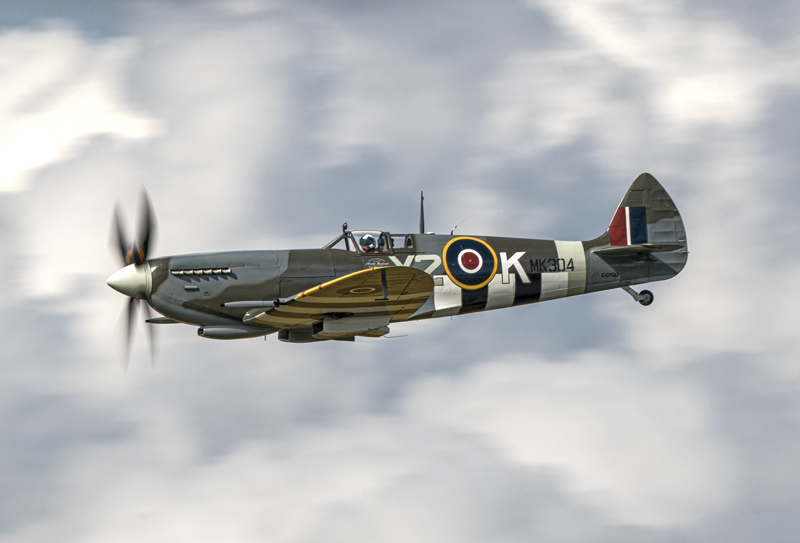
Supermarine Spitfire Mk IX Often considered the most beautiful aircraft ever built, more than 22,000 Spitfires were produced in nearly 30 variants before, during and after WW II. Its signature elliptical wing was designed by Canadian aerodynamicist Beverley Shenstone.[Stephen J. Thorne]
At its peak in 1944, the RCAF was the fourth-largest air force in the world.
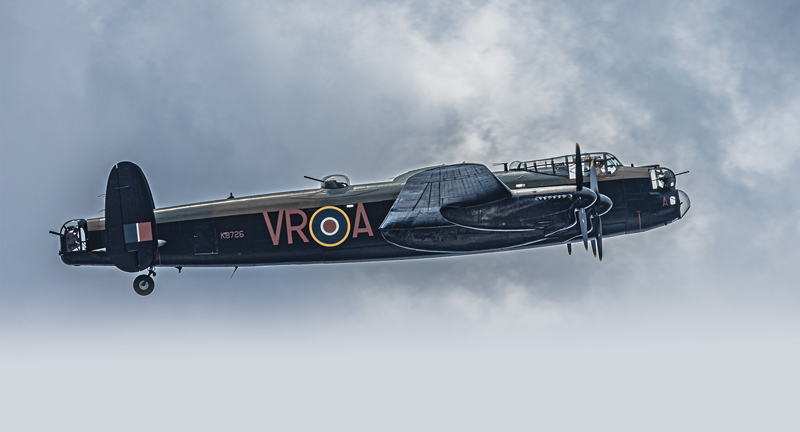
Avro Lancaster An icon of Bomber Command’s nighttime raids on Germany’s industrial war machine, the Lancaster was a mighty beast. Crewed by British and Commonwealth airmen, it delivered the biggest payloads of the European campaign. [Stephen J. Thorne]
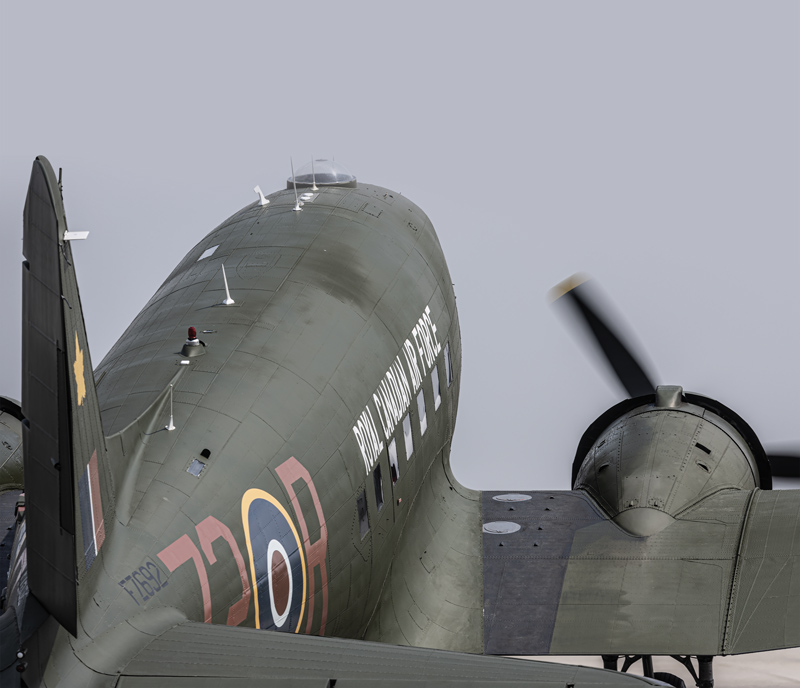
Douglas C-47 Dakota The Dakota was a WW II workhorse, dropping paratroopers, delivering supplies, transporting troops, evacuating wounded and towing troop-carrying gliders. RCAF crews even flew C-47s to supply Chinese forces resisting the Japanese.[Stephen J. Thorne]
There is no denying that pilots and aircrew of the air force we know today forged its reputation on the planes of WW II.
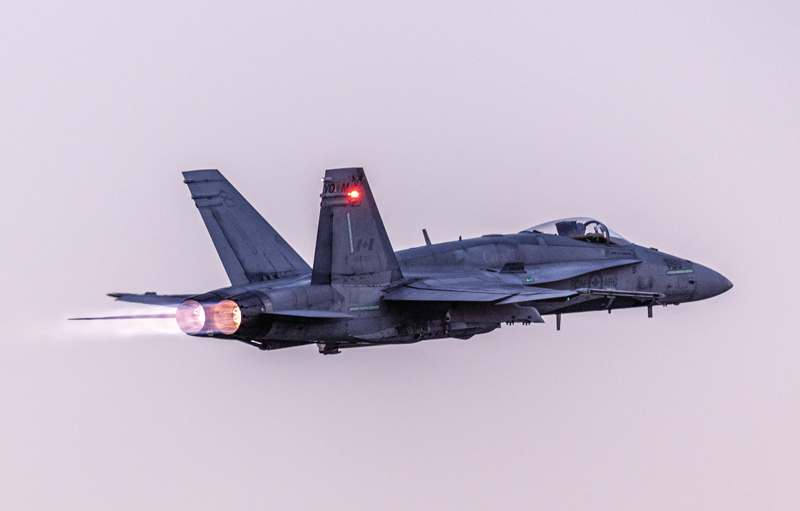
McDonnell Douglas CF-18 Hornet This multi-tasking Canadian variant of the American F/A-18 began RCAF service in 1982, replacing three Cold War stalwarts: the CF-104 Starfighter, CF-101 Voodoo and CF-116 Freedom Fighter. It’s to be retired later this decade.[Stephen J. Thorne]
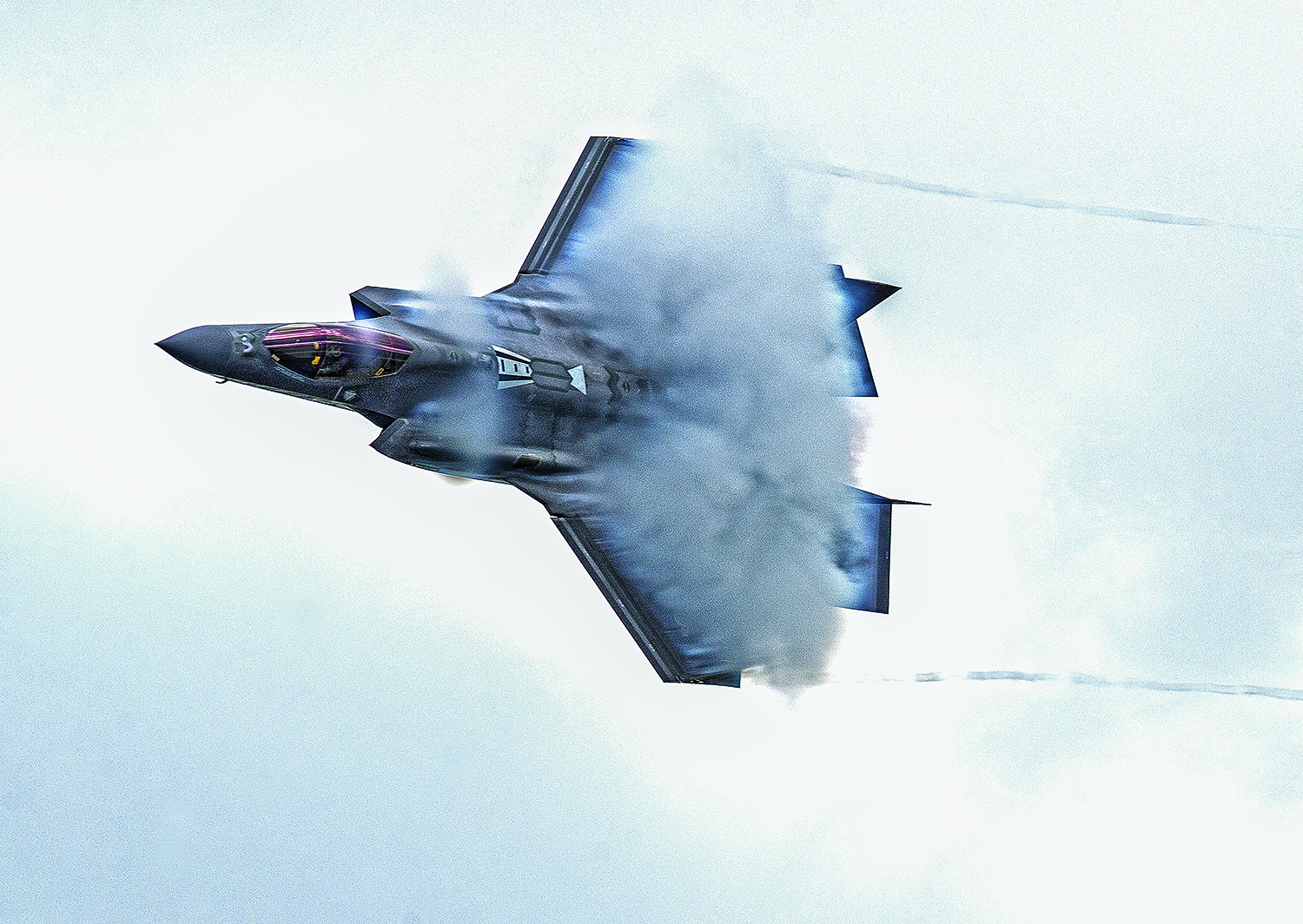
Lockheed Martin F-35 Lightning II The federal government confirmed in January 2023 that it would replace the RCAF’s CF-18s with 88 F-35s at an estimated cost of $19 billion. The first delivery of four aircraft is slated for 2026. [Stephen J. Thorne]
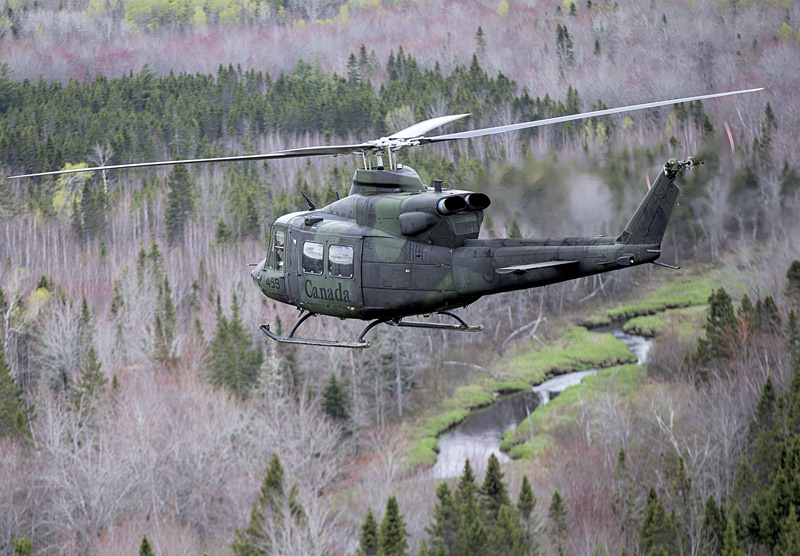
Bell CH-146 Griffon The CH-146 is a versatile, well-used helicopter, its roles including aerial firepower, reconnaissance, search-and-rescue and aero-mobility. Crewed by three, it can carry up to 10 troops and cruise at 220-260 km/h.[Stephen J. Thorne]
For more on the history of the RCAF, check out the latest special issue of Canada’s Ultimate Story from Canvet Publications, RCAF 100: Celebrating the centennial of the Royal Canadian Air Force.
Advertisement





















